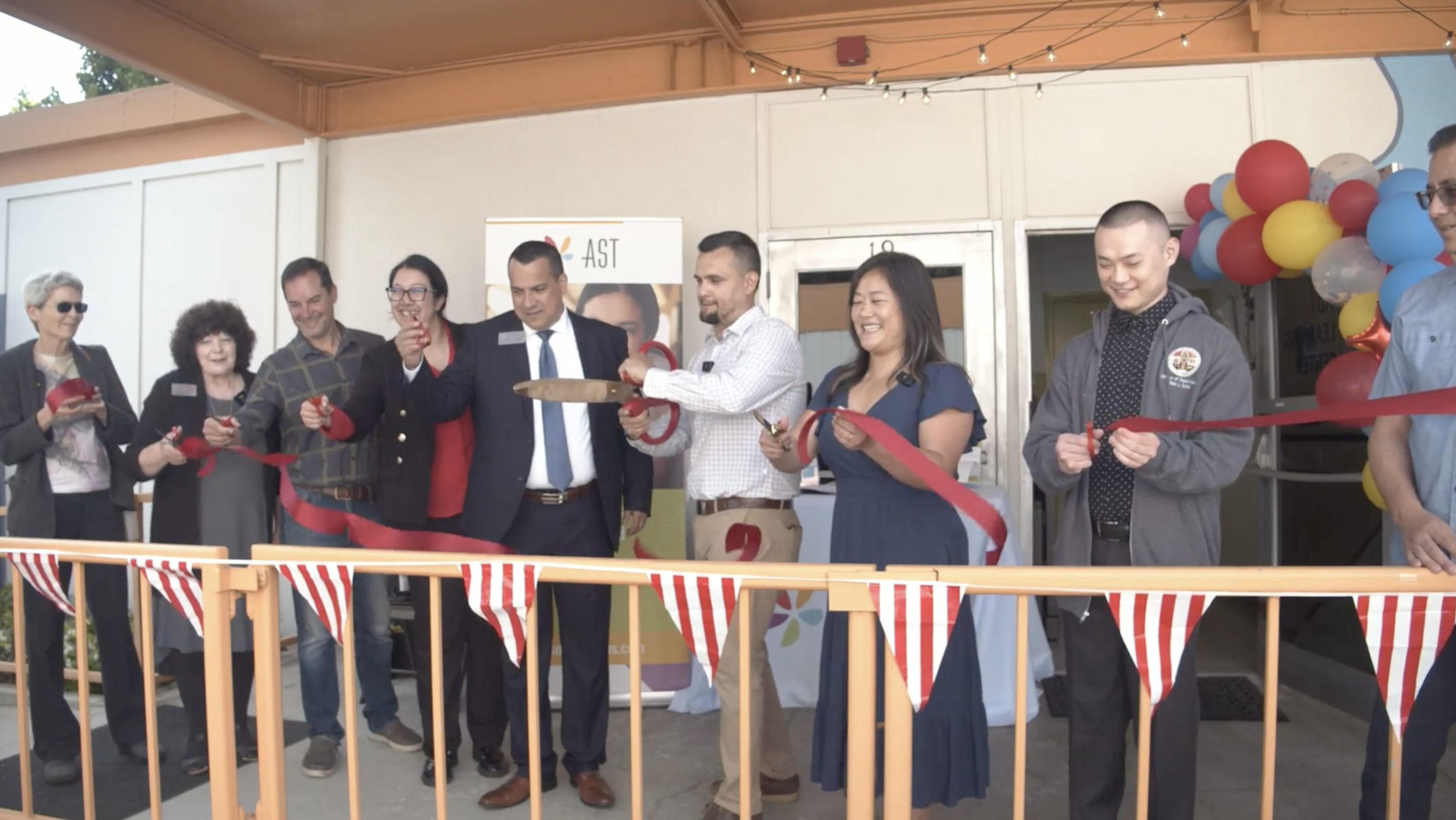As store shelves turn to masses of pink and red, some people get excited and others groan. Valentine’s Day, with all of its joy and complexities, is around the corner. Although love and social connection are important to everyone, Valentine’s Day can be tricky to navigate for many people, including some of our autistic loved ones. Different ages bring different challenges: from the drama of classroom valentine exchanges to the heart-stopping anxiety of having a date. Wherever your child may fall on this continuum of V-Day Life Lessons, a few considerations can help them feel cherished on this day.
Prepare
Consider the potential challenges that your child might encounter that could be helped by some advance skill-building. Think carefully about what your child will encounter that day and what easily-acquired skills might help them enjoy the day more. A younger child whose class is exchanging valentines might benefit from practice; find out how the teacher will approach this (will the kids deposit them into a box or hand them out individually?) and rehearse in advance. A teen attending a dance might benefit from a social story about what to expect, previewing conversation starters, and maybe watching some realistic shows depicting teen dances to help set expectations. If anxiety is a factor (as it can be with anyone of any age!), make sure there is an easy way for them to contact you for an early pick-up. For safety, teens and young adults who are dating should have information about consent and sexual harassment at a level they can understand. Learning about good hygiene practices, manners, and general dating “dos and don’ts” can help to set them up for success.
Accommodate
There will also be challenges on Valentine’s Day that can’t be solved by skill-building. Consider your child’s experience and be creative about the types of accommodations that might help them enjoy the day the most. If your child is on a special diet, find out if there will be school treats so you can arrange for something yummy for your little one. Some children will not enjoy the “typical” Valentine’s Day activities. Remember, it’s once a year, don’t stress over making them go to a class party they won’t enjoy. There may be accommodations that can help make regular activities okay (headphones), or you can simply ditch the regular valentines’ stuff and think of some fun alternatives instead. Perhaps instead of going to the dance, they can rather invite a friend over to bake brownies or watch a movie with their sibling.
Love
Valentine’s Day is an opportunity to show others how much you care. As a parent or caregiver, showing affection for our children is one of the most fulfilling experiences. Think about your child’s preferences and give them a token of your love, whether that be treats, attention, a new Lego set, or a special rock. Giving them choices in preparing for the day (e.g., picking out valentines, choosing a special dessert, etc.), thinking about how to include their preferred interests in your plans, and making plans to accommodate sensory needs can communicate your love and respect.
Some profoundly affected autistic folks will not be affected by the fact the world has turned pink and red; they may not understand or care. But this doesn’t prevent them from receiving your love and affection in the ways they do the rest of the year, so take the opportunity to connect with them on their level. Many autistic folks tend to anthropomorphize; if there are things (e.g., trains, books, electronic devices, etc.) that are the object of your child’s affection, think about how to celebrate these objects that give your child joy.
For those autistic children who understand the social nuances of Valentine’s Day, it can create pressure around feelings of popularity and acceptance. If your child is experiencing these common hardships, do your best to shift the emphasis away from romantic love and toward other satisfying relationships in your child’s life. For some, that may be a friend, or for others, it may be family. Reassurance that they are accepted at home and loved unconditionally is paramount.
Have Happy Valentine’s Day!
Last but not least: show yourself some love as well. Parenting isn’t easy and requires many qualities, including patience, empathy, and, most importantly, love. The love we give our children isn’t always returned in the moment, making it hard sometimes to reflect on all the wonderful things you do for your child. Remember, you’re raising a human, which is stressful yet important and incredible work. As you nurture your relationship with your child, you build their capacity to love and show love to others. This Valentine’s Day, take some credit for all you do for your child in the name of love and find a way to treat yourself, whether that means setting aside time to read or exercise, getting an extra hour of sleep, or calling a friend. You deserve just as much love on this special day.
For research-backed strategies on managing stress, check out “How Parents and Caregivers of Kids with Autism Cope with Stress.” To dive deeper into the topic of love and autism, learn more at “Myth: People with Autism Don’t Feel Love.”


















